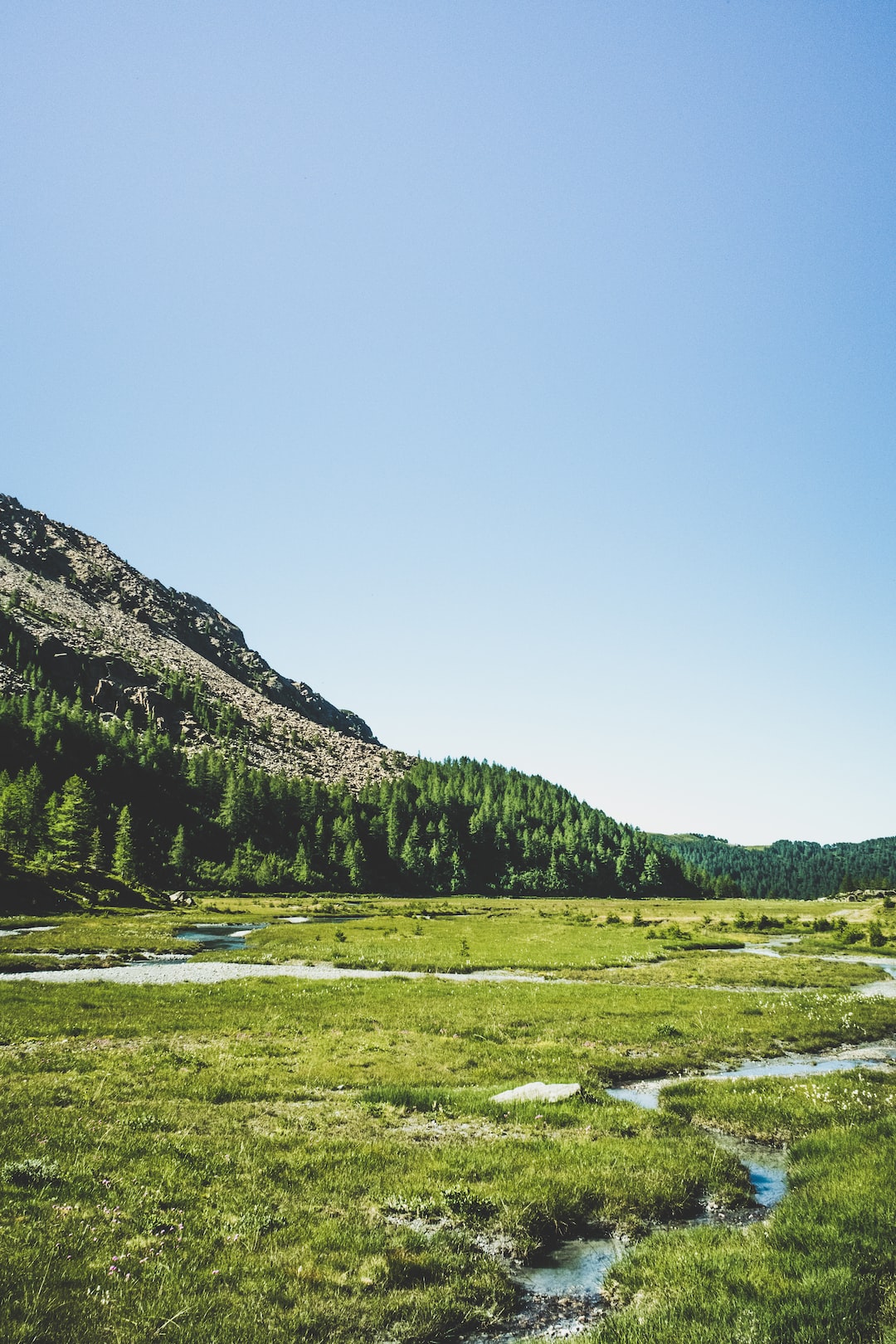The art of foraging: Identifying edible plants and mushrooms in the wild
Foraging, the act of searching for and gathering wild food, is a skill that has been practiced for thousands of years by our ancestors. While in today’s world of convenience and readily available food, foraging may seem like a lost art, it is an activity that provides not only sustenance but also a deep connection to nature.
One of the first and most important steps to successfully forage for edible plants and mushrooms is to be able to identify them accurately. It is essential to differentiate between the edible and the poisonous, as there are many plants and mushrooms that may look similar but have vastly different effects on our bodies.
To begin with, it is vital to gather knowledge about the local flora and fauna. Start by researching the plant and mushroom species that are native to your area. Local field guides, online resources, and even joining foraging groups or local workshops can provide valuable information and practical tips.
When identifying plants, it is crucial to pay attention to their overall appearance, including the shape, size, color, and arrangement of leaves, flowers, and fruits. The use of all our senses can be helpful as well. For example, certain edible plants have distinct smells or tastes, which can aid in identification. However, it is important to note that tasting should only be done once you are sure of the plant’s identity, as some poisonous plants can cause severe reactions when consumed even in small amounts.
Mushrooms, on the other hand, require a different set of identifying techniques. The shape, size, color, and texture of the cap, stem, and gills are crucial details to observe. Some mushrooms also have specific features such as a ring, volva, or distinctive smells. However, it is essential to be cautious when foraging mushrooms, as many poisonous varieties resemble edible ones. If you are uncertain, consult an experienced forager or mycologist before consuming any mushroom.
In addition to visual and olfactory cues, understanding the habitats and ecosystems in which certain plants and mushrooms thrive is also important. For example, certain edible plants such as wild garlic or nettle prefer shady and moist areas, while others like dandelions can be found in open meadows or even urban environments. By learning about the ecology and natural history of these species, you can increase your chances of finding them successfully.
Another important aspect of foraging is understanding the ethical guidelines associated with it. It is critical to gather plants and mushrooms sustainably, ensuring their populations can regenerate and thrive. Some general rules include never taking more than you need, respecting nature and its ecosystems, and avoiding harvesting in protected areas unless permitted.
It is also worth noting that foraging should be done with the utmost care for personal safety. Do not venture into unknown territory without proper preparation and knowledge. Always inform someone of your whereabouts and intentions before heading out. Additionally, wearing appropriate clothing, including gloves and long sleeves, can protect against potential hazards such as thorns, toxic plants, or insects.
Once you have honed your identification skills and established safety precautions, the art of foraging can be an incredibly fulfilling and rewarding experience. Not only does it provide nourishment in the form of fresh and organic food, but it also allows us to reconnect with nature on a deeper level. Foraging can offer a sense of achievement and satisfaction as we gather our own sustenance and become more attuned to the rhythms and cycles of the natural world.
Moreover, foraging can be a social activity, as it provides an opportunity to bond with friends, family, or like-minded individuals who share a passion for exploring the outdoors. Many communities have foraging events or workshops where people can gather and learn from each other’s experiences.
In conclusion, the art of foraging is a skill that can be developed and refined over time. By learning to identify edible plants and mushrooms accurately, understanding their habitats, and adhering to ethical and safety guidelines, foraging becomes a rewarding and sustainable way to connect with nature and nourish our bodies. So grab a field guide, put on your hiking boots, and embark on an adventure to explore the bountiful world of wild edible plants and mushrooms.

